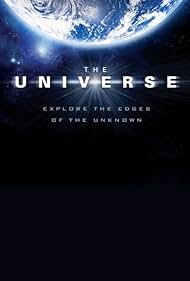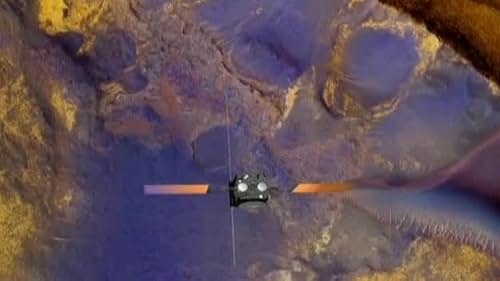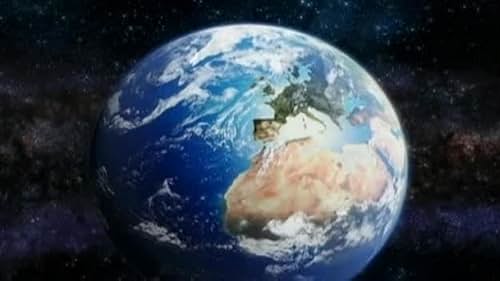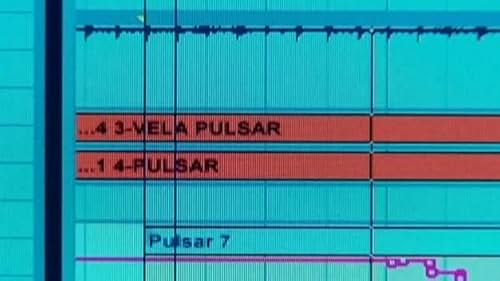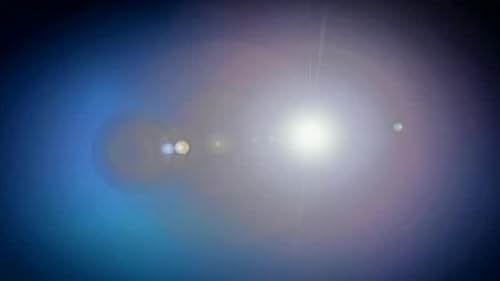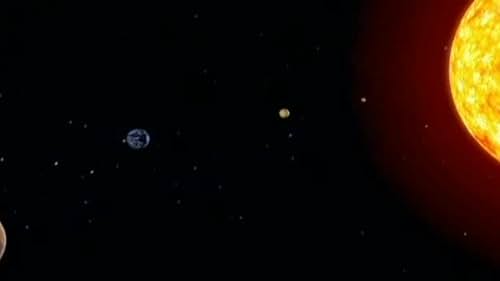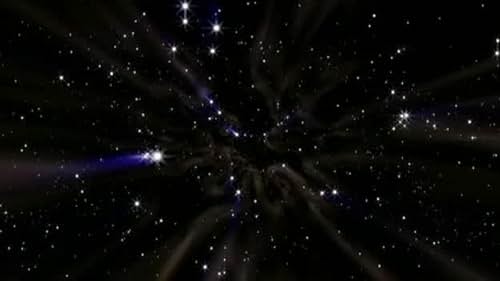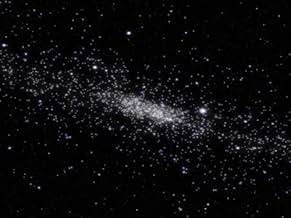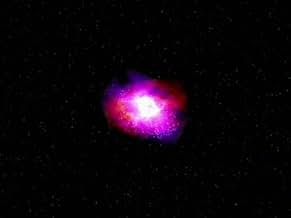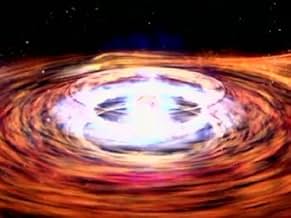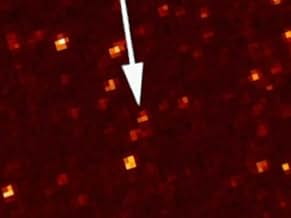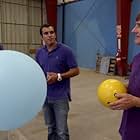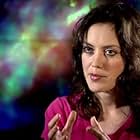History Channel's "The Universe" is a documentary series that fuels its somewhat empty content with blazingly beautiful CGI of the most spectacular sights in the universe. The series covers stars, planets, cosmic weather (!), terra-formation, dark matter and the aggressive nature of the cosmos in hour-long episodes of visual effect candy.
The hook of the series is that you get to take a look at what Venus, Neptune or a nebula or a meteoroid strike on Earth would look like up- close, while the narrator explains the "science" behind it. I say "the science" because very little science is usually covered. Any complicated phenomena is usually explained through real-life analogies. A meteorite crashing the Earth is like shooting a ball with a rifle. The crater can be measured by drawing an analogy of throwing a weight plate on sand and measuring the width of the bump on the beach. And so on.
Then again, this series is not aiming to educate the experts or even science enthusiasts. It's written for the laymen, who just want to see what Venus looks like if you were standing on its ground. On high definition, those images are quite impressive and grab your attention.
Unfortunately, those images are continuously recycled, for probably no other than budgetary reasons. But images aren't the only reused on the show. Every time the show goes on a short commercial break, the narrator insists on recapping what happened just before the break. As if no one could remember the very easily comprehensible bits they had just been told a few minutes ago. In many ways, the series undermines the audience's intelligence and even memory by recapping and reusing its material over and over.
In fact, every season of the series contains at least one episode dedicating to apocalyptic events that wreak havoc on Earth, recycling the same scenarios over and over while adding a few new ones, even going as far as reusing the same narrations!
Regardless, while the Universe is admittedly a little dumb and condescendingly so, the imagery is sometimes truly astonishing. The CGI, of course, is nowhere near what many modern films, such as "2012" or even the "new" Star Wars films have accomplished, but for the small screen on high definition, it's pretty impressive.
And on the bright side, it is really exciting to see what Venus or a pulsar looks like, even if you get to see the same image about a hundred times. Its greatest virtue is its entertainment value. While its greatest vice is the lack of science, the series does introduce the audience to the basic ideas of the newest and hottest theories of contemporary astrophysics and related sciences and find out more by hitting the nearest university library.
